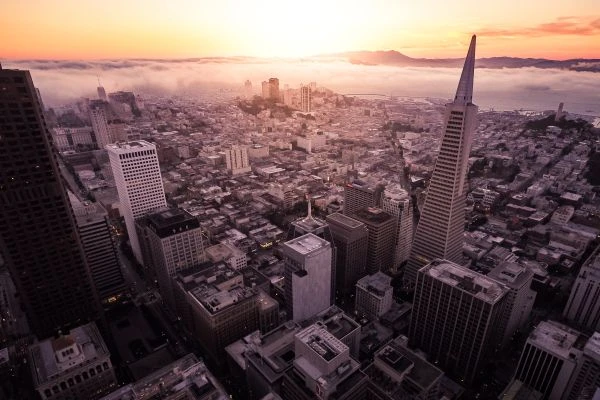Few dystopian novels capture the essence of human resilience and self-discovery as vividly as James Dashner's The Maze Runner series. This gripping narrative about teenagers trapped in a mysterious moving maze transcends its young adult genre to deliver profound philosophical questions about identity, free will, and the price of survival. When Thomas wakes up in the Glade with no memory except his name, we're immediately thrust into a psychological odyssey that mirrors our own existential journeys.
The Moving Maze as a Metaphor for Adolescence
Dashner's brilliant creation of the ever-shifting labyrinth serves as more than just a physical obstacle course. The moving walls represent the unpredictable challenges of growing up - those moments when you think you've figured life out only to have the path change overnight. The Grievers embody our deepest fears that chase us through dark corridors of self-doubt. Watching Thomas navigate this treacherous environment while piecing together fragmented memories creates a visceral reading experience that stays with you long after the final page.

Architectural Terror and Psychological Depth
What makes the moving maze particularly terrifying is its artificial intelligence. Unlike natural landscapes, this maze feels alive with malicious intent. The mechanical groans of shifting walls create an auditory nightmare that heightens the Gladers' perpetual state of anxiety. This carefully crafted atmosphere demonstrates Dashner's mastery in building tension through environmental storytelling rather than relying solely on action sequences.

Memory Loss as Narrative Device and Philosophical Inquiry
The amnesia trope in The Maze Runner serves dual purposes. Plot-wise, it allows for gradual revelation of the dystopian world's truths. Philosophically, it raises unsettling questions: Without memories, what constitutes our identity? Are we merely the sum of our experiences? Thomas's struggle to reconcile his blank past with emerging flashes of recollection mirrors our own attempts to understand ourselves amidst life's chaos.

Dashner's portrayal of the Gladers' makeshift society reveals fascinating group dynamics. The strict division of labor (Builders, Slicers, Track-Hoes) shows how humans instinctively create order amid chaos. Yet this fragile system constantly teeters on the brink of collapse, much like our real-world social contracts. The moving maze doesn't just test physical endurance; it becomes a crucible for moral choices that define character.
The Ethical Dilemmas of Survival
When supplies run low and hope fades, the Gladers face impossible decisions that would challenge any moral compass. The novel forces readers to confront uncomfortable questions: How much freedom would you sacrifice for security? Would you betray friends to save yourself? These aren't hypothetical musings - they're the same dilemmas we face in less dramatic but equally consequential everyday situations.
From Page to Screen: The Cinematic Adaptation's Strengths
While the film adaptation necessarily condenses the plot, it magnificently captures the moving maze's claustrophobic terror through visual storytelling. The maze's biomechanical design translates particularly well to cinema, with its organic stone walls that rearrange with unsettling fluidity. What the movie lacks in internal monologues, it compensates with breathtaking chase sequences that make viewers feel the walls closing in.
Ultimately, The Maze Runner trilogy succeeds because it works on multiple levels. Younger readers enjoy the adrenaline-fueled survival story, while adults appreciate its sophisticated commentary on societal control and human nature. The moving maze becomes more than a setting - it's a character, a teacher, and a mirror reflecting our deepest fears and highest aspirations. In navigating its treacherous paths alongside Thomas, we inevitably find ourselves confronting our own life's labyrinth with renewed courage and perspective.


 相关文章
相关文章




 精彩导读
精彩导读




 热门资讯
热门资讯 关注我们
关注我们
